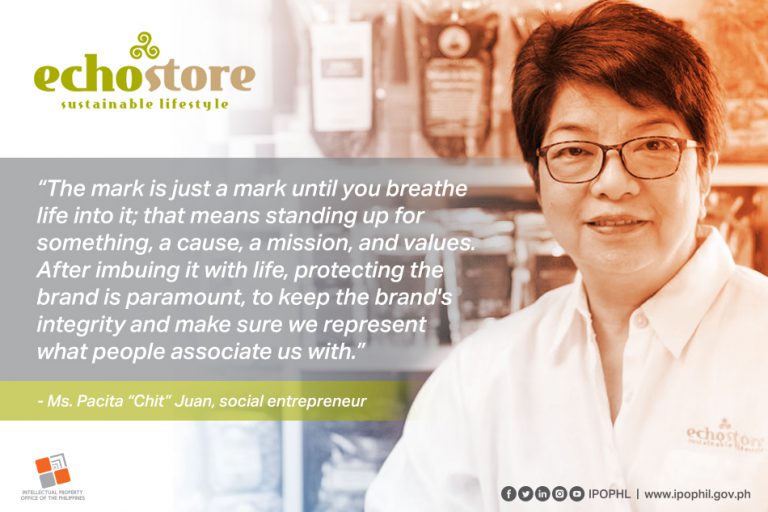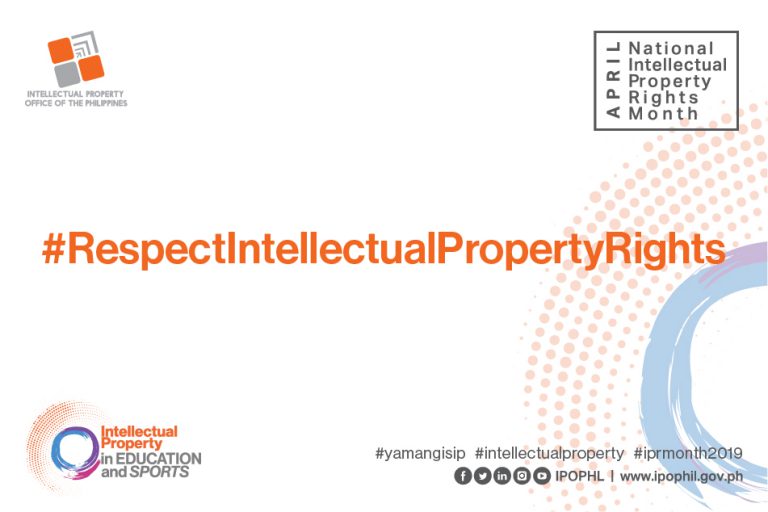
IPOPHL’s patent workshops help two unis realize IP goals
December 6, 2022
Two state universities, namely the Negros Oriental State University (NORSU) and the Capiz State University (CapSu), received their first patent grants after benefiting from the Intellectual Property Office of the Philippines’ (IPOPHL) workshops on extensive patent search and drafting.
NORSU received two patents for its Oil Seal Remover and Method for the Same and Portable Precision Drilling Machine Enhancer.
The Oil Seal Remover is a plier for removing oil seals, with a handle gripped upward and moved in circular motion until the seal is removed.
The Drilling Machine Enhancer technology, meanwhile, is fitted with an interchangeable bushing. The invention allows a person to conveniently use different drill bit sizes without the hassle of changing or reattaching the clamp system or the guide bushing assembly.
For CapSu, a patent was granted for its “Twinning Machine” used specifically for coconut fiber. This technology has a higher capacity and efficiency than existing twinning technologies, and it produces quality coco twine in terms of tensile strength, size and uniformity compared to traditional methods and other existing machines.
These universities are members of the Innovation and Technology Support Office (ITSO) network composed of universities and research institutions. The ITSO is IPOPHL’s nationwide flagship program to foster innovation in the academe by enabling greater understanding about patent search techniques, patent application processes and IP commercialization strategies.
NORSU and CapSU are just two of several ITSOs who took advantage of the Documentation, Information, and Technology Transfer Bureau’s (DITTB) rigorous training workshops on patent search and drafting in 2018 and 2019, respectively.
Through these workshops, ITSOs were taught how to properly draft a patent application to ensure a smooth and faster filing process. They were also encouraged to file for a patent instead of a utility model (UM) has the former offers a longer protection life and greater commercial value despite its more exhaustive examination process.
“The DITTB made sure that NORSU and CapSu, as ITSO members, were provided continuous support and assistance during the critical phases of formality and substantive examinations through a series of online meetings and consultations. Providing steady technical guidance from their drafting up to receipt of their patents, the DITTB enabled NORSU and CapSu to respond incisively to patent examiners’ comments and objections—hence, ultimately resulting in their patent grants,” Director General Rowel S. Barba said, adding that the outcomes also underscore the importance of capacitating patent applicants on prior art analysis and invention identification.
More importantly, NORSU and CapSu’s success story mark the importance of the ITSO program in elevating innovation in schools.
“These latest patent wins for two state universities are yet another proof that ITSOs are capable of producing patentable technologies out of their research. We just have to help them see the bigger picture of protecting them through patent grants,” Barba added, enjoining others to join the program.
The ITSO program currently has universities, colleges and research institutions as members. The program was upgraded in 2019 to ITSO 2.0 to encourage patent filings over UMs and generate more impactful innovations.
UMs are considered “minor “patent inventions that introduce upgrades to existing products. While these upgrades do not fall under the stringent criteria of patentability, they are nevertheless useful to a smaller scale society or locality. A UM may be any machine, implement, tool, product, composition, process, improvement or part of the same. Besides having an easier application and examination process, UMs have a shorter protection term of seven years from the date of filing.
Meanwhile, patents offer exclusive rights granted to a product, process or an improvement of a product or process which meets IPOPHL’s stringent criteria on novelty, inventive step and industrial applicability. Patent inventions are granted a protection term of 20 years from filing, have greater marketable value for investors and are more commonly useful in determining an economy’s level of innovation.






